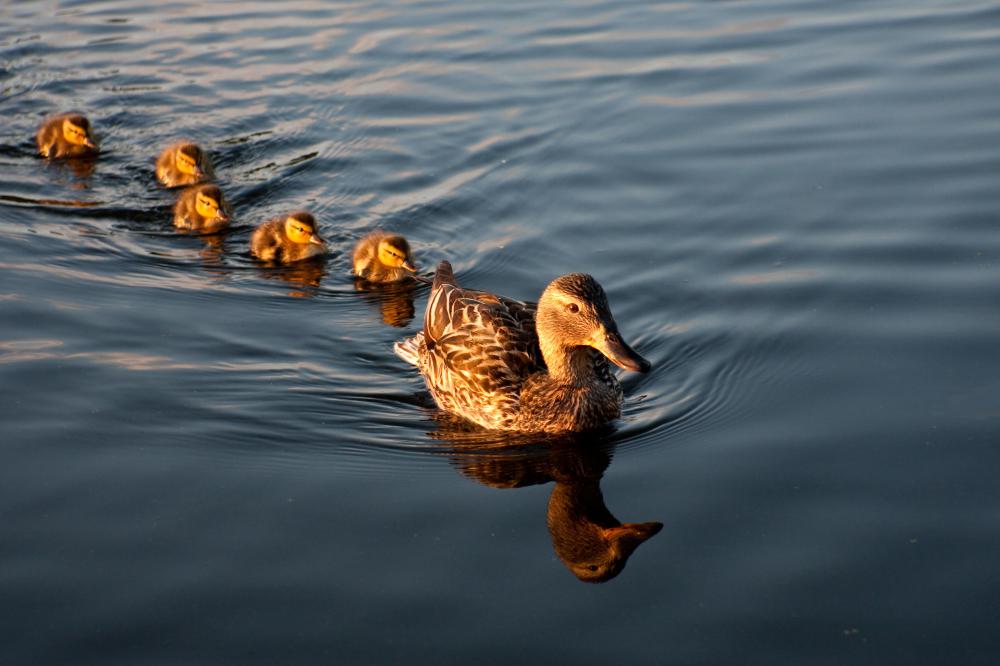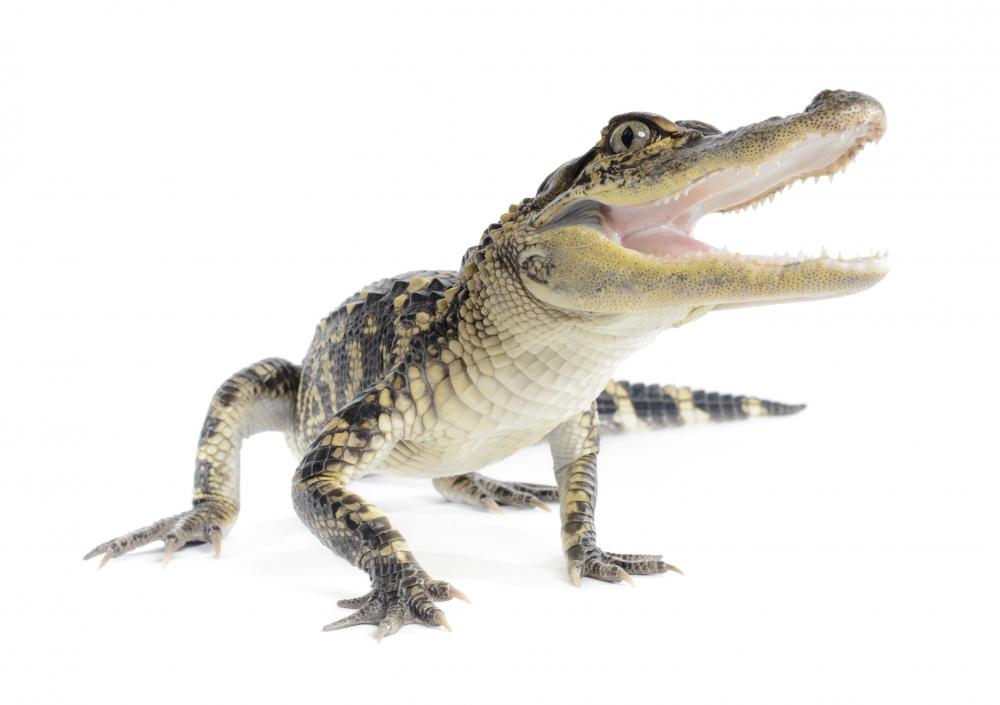At AllThingsNature, we're committed to delivering accurate, trustworthy information. Our expert-authored content is rigorously fact-checked and sourced from credible authorities. Discover how we uphold the highest standards in providing you with reliable knowledge.
What are the Most Common Wetland Species?
Wetlands — areas with water usually present either above or just below the surface of the soil — are home to a huge diversity of plant and animal life, often collectively referred to as wetland species. The most common wetland species of animals include many types of snakes, turtles, lizards, frogs, toads, salamanders and insects. Mammals such as beavers are common, as are many types of birds, including various species of ducks, geese and songbirds. The most common plant species in wetlands include cattails, water lilies and many types of reed grasses.
Wetlands can take on a number of different forms, including swamps, bogs, marshes and floodplains, and they are found on every continent except Antarctica. Depending on the type of wetland and the part of the world in which it is found, a wetland area will be home to many plant and animal species. Some wetland species might be more numerous in one area, and others might be more common in another. Wetlands in many parts of the world are in danger of destruction because of urban development, and many endangered species live partly or exclusively in wetland areas.

Large mammals account for a surprisingly large number of the world's wetland species. Beaver and muskrat, two of the mammals most commonly associated with North American wetlands, are found across that continent and in parts of Europe and Asia. The swamps and river basins of South and Central America are home to the predatory jaguar, the muskrat-like nutria and the bulky tapir. Several species of monkeys inhabit the mangrove swamps of southeast Asia, including the proboscis monkey and the long-tailed macaque. Even mammals more commonly associated with dry habitat such as deer, raccoon, wild boar, foxes and wolves can sometimes be found in wetlands.

Reptiles are also well represented in wetlands, and there are many wetland species of snakes, turtles and lizards. The water moccasin, the common snapping turtle and the skink are a few examples. Crocodilian animals such as the caiman and alligator also inhabit certain wetland areas.
Birds of all shapes and sizes inhabit wetlands, either year-round or sometimes only briefly as they pass through during migration. Many types of ducks and geese can be found swimming in wetland pools, and blackbirds perched on the tips of cattail plants are a common sight. Songbirds of many types abound, and species such as terns, gulls and sandpipers roam the shores of salt marsh wetlands. In addition, wading birds such as herons, egrets and bitterns find many wetland habitats to be a perfect hunting grounds.

In addition to the larger forms of wildlife, much of the animal life of wetland areas consists of smaller creatures such as amphibians, fish and insects. Frogs, toads and salamanders are common amphibians, and numerous species of fish, including catfish, herring, salmon and lungfish, swim through wetland waters. Wetland species of insects include such familiar denizens as dragonflies, damselflies and mayflies — and of course the ubiquitous mosquitoes. Earthworms, leeches, fairy shrimp and crayfish are some other common wetland invertebrates.

Of the many plant species common to wetlands, cattail is perhaps the most recognizable. In addition, flora such as mangroves, water lilies, cypress and reed grasses, as well as some types of tamarack and spruce, are all found in various wetlands of the world. A great variety of flowering plants, grasses and trees, along with the staggering assortment of animal species that live among them, makes wetlands the world's most biologically diverse type of ecosystem.
Frequently Asked Questions
What are the defining characteristics of wetland species?

Wetland species are uniquely adapted to thrive in environments where water is the dominant factor controlling the natural plant and animal life. These species have evolved to survive in conditions that are periodically saturated with water, which can include specialized root systems for plants and amphibious traits for animals, allowing them to live both in water and on land.
Which bird species are commonly found in wetlands?

Common wetland bird species include herons, egrets, ducks, and geese. These birds are often adapted for wading and swimming, with long legs and webbed feet. For instance, the Great Blue Heron, known for its impressive stature and hunting prowess, is a staple of North American wetlands, according to the Cornell Lab of Ornithology.
Are there any specific mammals that are considered wetland species?

Yes, certain mammals are well-suited to wetland habitats. Beavers, for example, are iconic wetland mammals known for their dam-building activities that can alter entire ecosystems. Otters, muskrats, and the water vole are other mammals that are commonly associated with wetland environments, each playing a crucial role in the ecological balance.
Can you name some common reptiles and amphibians found in wetlands?

Reptiles such as alligators, crocodiles, and various species of turtles are often found in wetlands. Amphibians like frogs, toads, and salamanders also thrive in these habitats due to the abundant moisture that is critical for their skin and reproductive cycles. The American Alligator, for instance, is a keystone species in southern wetland ecosystems.
What types of fish are typically found in wetland areas?

Wetlands provide a habitat for a diverse range of fish species. Common wetland fish include sunfish, bass, and catfish, which are adapted to the varying water levels and temperatures of these ecosystems. Many of these fish species are important for local fisheries and contribute to the biodiversity of the area.
What role do plants play in wetland ecosystems?

Plants are fundamental to wetland ecosystems, providing habitat and food for many species while also stabilizing the soil and filtering water. Common wetland plants include cattails, reeds, water lilies, and mangroves. These plants are specially adapted to grow in saturated soils, with some, like the mangrove, playing a critical role in protecting coastlines from erosion.
AS FEATURED ON:
AS FEATURED ON:





















Discuss this Article
Post your comments